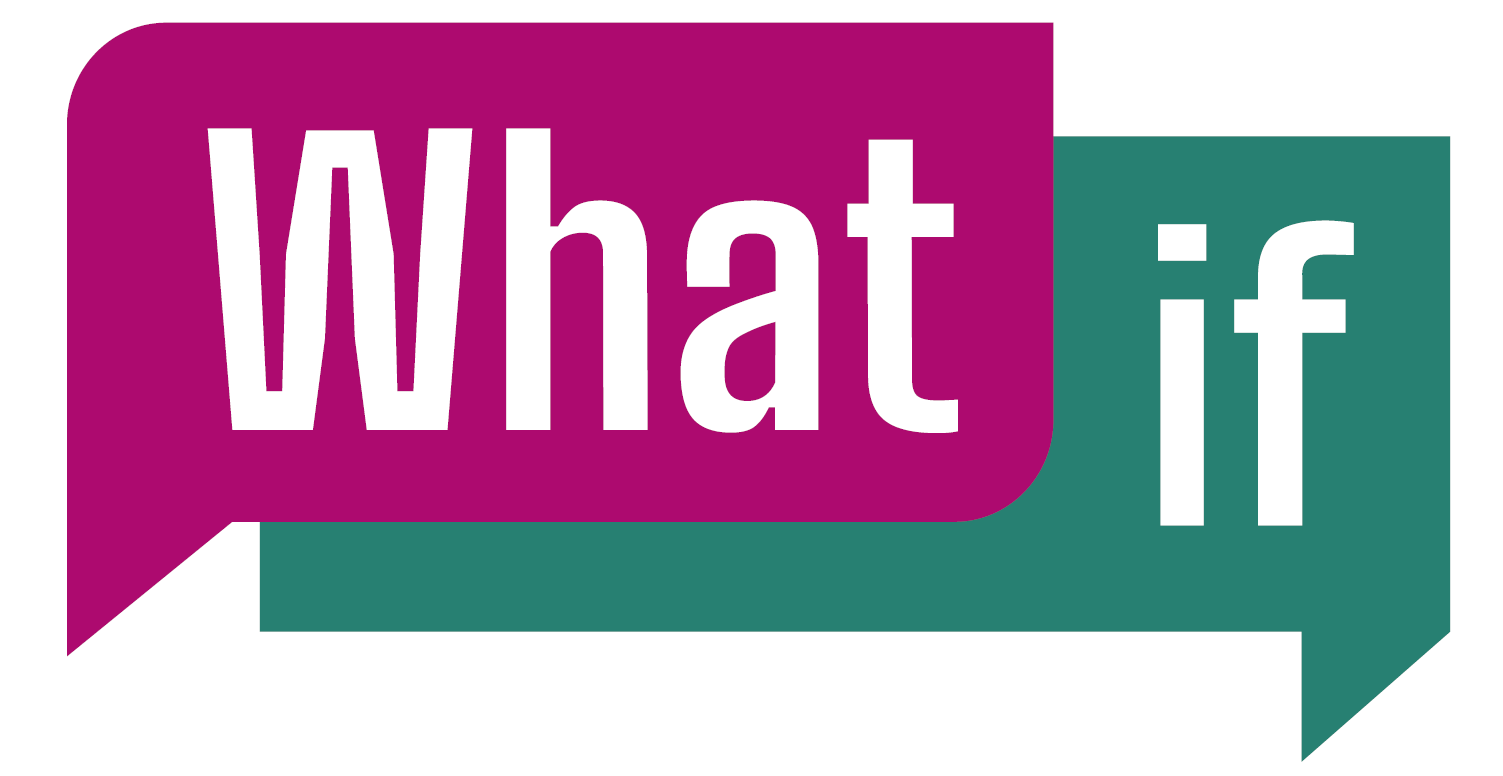
Complaints regarding nursing facility-initiated discharges have been the most common type of complaint received by the Long-Term Care Ombudsman program for the last nine years.
According to federal guidance for surveyors, “facility-initiated discharge” is defined as “a transfer or discharge which the resident objects to, did not originate through a resident’s verbal or written request, and/or is not in alignment with the resident’s stated goals for care and preferences.”
To assist Ombudsman programs when working with residents facing a facility-initiated discharge, the National Ombudsman Resource Center produced a new resource titled, Enhancing Your Advocacy Toolbox: Protecting Residents from Nursing Facility-Initiated Discharges. This resource blends pertinent federal nursing home requirements and surveyor guidance with action steps for Ombudsmen to consider.
We encourage Ombudsman programs to use this resource as a basic guide for using federal regulations and guidance to address common issues related to facility-initiated discharges. Additional information and training materials about facility transfers and discharges are available on the NORC website, including a fact sheet, Prezi video, training PowerPoint, and webinars from the Ombudsman Learning Collaborative to Protect Residents Against Nursing Facility-Initiated Discharges.
Resource Overview
1. The first section is a general overview of the State Long-Term Care Ombudsman Programs Final Rule, federal nursing facility regulations, definitions, and regulatory tools as they pertain to transfers and discharges.
 2. The second section focuses on Ombudsman advocacy considerations while spelling out the direct federal requirement for each element related to transfer or discharge. The advocacy considerations are in the form of “what if” questions after the federal regulation is explained. The “what if” questions are intended to help you get started with your plan of action.
2. The second section focuses on Ombudsman advocacy considerations while spelling out the direct federal requirement for each element related to transfer or discharge. The advocacy considerations are in the form of “what if” questions after the federal regulation is explained. The “what if” questions are intended to help you get started with your plan of action.
Examples of "What if” questions include:
- What if the notice does not contain the required information or the information is incorrect?
- What if the facility does not issue a 30-day notice and still proceeds with discharging a resident against the resident’s wishes?
- What if the facility is not providing notices?
- What if the location on the notice is missing, unsafe, or inappropriate?
- What if the facility did not document per federal regulations?
- What if the facility makes a significant change to the notice, but refuses to restart the 30-day timeframe?
- What if the facility did not give the resident a copy of the bed-hold policy?
- What if the facility transfers a resident to the hospital, refuses to take them back, and does not issue a notice of discharge?
- What if the facility attempts to transfer or discharge the resident prior to a final decision regarding their appeal?
- What if the facility attempts to discharge the resident for nonpayment prior to a decision from Medicaid?
- What if the facility did not properly prepare and orient the resident for transfer or discharge?
3. The third section includes complaint investigation key points, a basic discharge complaint investigation process checklist, resolution strategies, and regulatory tools for common discharge reasons.
4. The fourth section describes the appeal process and the Ombudsman role before, during, and after the hearing.
5. The fifth section provides a brief closing and additional resources.
6. The final section is the appendix with charts with resolution strategies, action steps, and the legal basis to address common discharge reasons.
For more information and resources visit the NORC transfer/discharge webpage.
Read archived issues of NORC Notes here. If you have a question, are not able to find a resource, or want to share training materials or program practices, please email ombudcenter@theconsumervoice.org.

